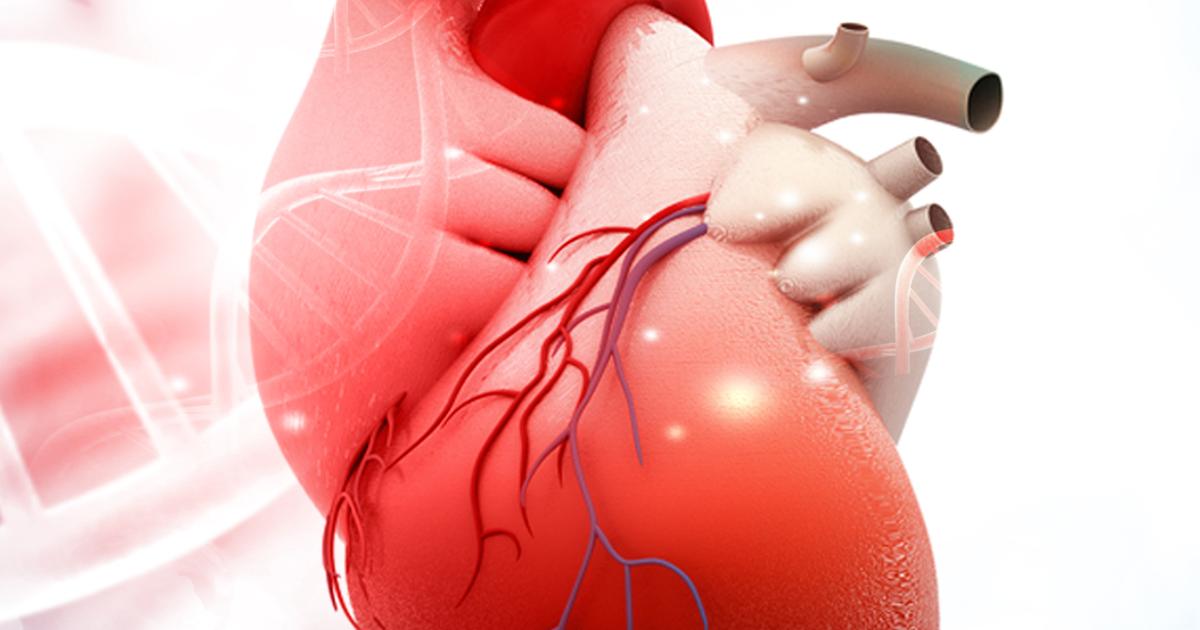What Is The Bentall Procedure?
Bentall procedure is a surgical procedure utilized in individuals who experience a bulge or an aneurysm in their aorta. The large blood vessel oxygen-rich blood is carried through from the heart to the rest of the body is referred to as the aorta. An aneurysm in an individual's aorta can cause the valve that regulates blood flow from the heart into the aorta to become structurally altered and functionally impaired. This malfunction can cause an aortic rupture that is fatal in most cases when left untreated. An aortic aneurysm stretches the aortic root where the aortic valve is located. The aortic valve cannot function when the space it is regulating becomes too wide. Aortic valve regurgitation is the result, causing the internal pressure in the heart to increase. The Bentall procedure is effective at preventing these serious complications by replacing the impaired valve and weak aorta.
Get the full details on the Bentall procedure, including its benefits, risks, and what patients can expect now.
What Conditions It Treats

The Bentall procedure may be utilized in patients with varying types of damage or malformations of the aortic valve and aortic trunk. Multiple conditions can be treated with the Bentall procedure, including aortic regurgitation, Marfan's syndrome, aortic dissection, and aortic aneurysm. Aortic regurgitation is a condition where an individual's blood flows backward from their aorta into the left ventricle of their heart because the aortic valve does not close enough or is too weak to prevent the backflow of blood. Marfan's syndrome is a rare genetic disease that causes the weakening of a patient's aortic wall. An aortic dissection is a condition where an individual's aortic wall experiences a tear with the potential to result in the rupture of their aorta. An aortic aneurysm is when a patient's aortic wall becomes weakened and stretches or enlarges, causing an increase in the diameter of the area the aortic valve is responsible for regulating. All of these conditions can be treated by replacing the malfunctioning aortic wall and valve.
Learn about how the Bentall procedure is performed next.
How The Procedure Is Done

The Bentall procedure is performed using a certain technique, method, and process to accomplish the goal of a sufficiently functional aortic valve and trunk. The patient is put under anesthesia, so they will not feel any pain or be awake during the procedure. The surgeon makes an incision in the patient's chest and temporarily ceases the activity of their heart. The patient's blood is directed into a machine called a bypass machine that performs the heart's functions while the surgery is performed. The surgeon removes the diseased or damaged section of the individual's aorta as well as the aortic valve. A large section of the patient's aortic wall that surrounds the origination point of the coronary arteries is cut from the excised aorta and sutured to a man-made graft containing a bioprosthetic valve. Each end of the remaining aorta sections is sewn to the corresponding ends of the graft, effectively securing a new valve and segment of the aorta. The valve and graft are tested by the surgeon, and the incision is sutured up. The procedure usually takes up to five hours.
Continue reading to discover how patients can prepare for the Bentall procedure now.
How Patients Can Prepare

There are several steps a patient who will undergo the Bentall procedure needs to take before admission to properly prepare their body and minimize the risk of complications. Every patient needs to discuss the medications they are currently taking with their surgeon, as some may need to be stopped before surgery. Patients also need to arrange for transportation home and help with daily tasks for a couple of weeks following the procedure. Certain tests will need to be done before the procedure, including a chest x-ray, nose and groin swabs, echocardiogram, blood tests, and carotid dopplers. Usually, a patient will need to cease drinking or eating twelve hours before the time of their procedure admission. If a patient has a prevalent amount of hair on their chest and upper abdomen, they should shave the day before their procedure to reduce the risk of infection. Nail polish, makeup, and jewelry should also be removed if applicable.
Get familiar with the risks of the Bentall procedure next.
Risks Of The Procedure

Every surgical procedure carries some degree of risk, and the Bentall procedure is no exception. Over five percent of all patients who undergo the Bentall procedure will experience side effects, including bleeding, short term memory difficulty, abnormal heart rhythms, problems concentrating, and blurry vision. Less than five percent of all patients who undergo the Bentall procedure may experience rare side effects, such as problems with the lungs, stroke, development of pneumonia, septic shock, wound infections, blood clot in the legs or lung, problems with the kidneys, heart conduction disturbances, or death. Common signs a patient is experiencing post-surgical complications from their Bentall procedure include a high fever, redness around their incision, excessive chills, drainage from the incision, and excessive pain at the incision site. Based on the possible complications of the Bentall procedure, some patients may not be ideal candidates. Each patient is thoroughly informed about the risks of this procedure in relation to their health and condition before deciding to undergo it.
Discover how the recovery process following the Bentall procedure works next.
The Recovery Process

Following a Bentall procedure, the patient is moved to the intensive care unit following surgery so machines can monitor their heart, body temperature, blood pressure, and breathing. Tubes may be installed in the patient's chest to help drain any fluid. Patients are usually able to sit up in bed the day after their surgery. They will stay in the intensive care unit for two or three days, depending on their progress. After that, the patient is transferred to the cardiac ward of the hospital for several days. Nurses in the cardiac ward will ensure the patient's wounds are adequately cared for, bowel movements resume back to normal, pain is being managed, and they are eating properly. Physiotherapy routines can help the patient regain their activity level, and they will be taught specific techniques on how to move and lift their body while their breastbone heals. The patient will continue therapy and recovery on an outpatient basis or an inpatient rehabilitation program. Full recovery can take several months.
